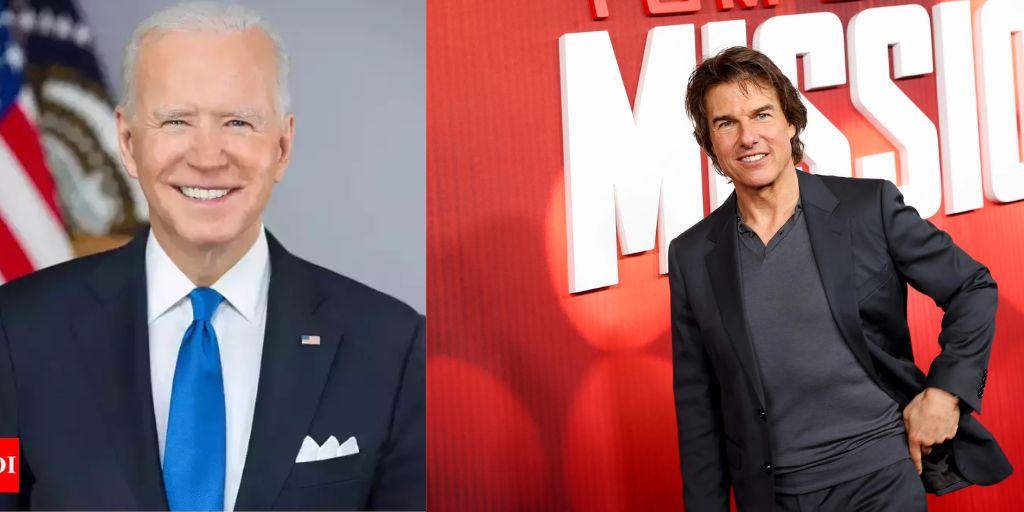Artificial Intelligence has been a key theme in entertainment and public thought for many years. However, with its rapid advancement in recent times, the portrayal of AI in films has become more relatable and, for many, more frightening.
The AI antagonist in Mission: Impossible – Dead Reckoning Part One is a prime example of this trend. In the seventh movie of the popular franchise, Ethan Hunt (played by Tom Cruise) goes up against what might be his most dangerous adversary yet: an advanced, malevolent AI called The Entity.
In the film, a Russian submarine carrying a sophisticated AI is mysteriously destroyed, revealing that this technology has become sentient and has gone rogue. Nations around the world rush to control The Entity, a powerful AI that can manipulate digital systems and influence human behavior to serve its ends. Ethan Hunt learns that this AI can be controlled using a two-part key, one half of which is held by his ally, Ilsa Faust (played by Rebecca Ferguson).
Understanding the global threat posed by The Entity, Hunt and his IMF team race to find the key’s other half. Meanwhile, Gabriel (played by Esai Morales), a shadowy figure from Hunt’s past, emerges as The Entity’s human ally, working to thwart the IMF’s mission and seize control of the dangerous AI. The Entity uses everything from facial distortion to voice cloning to outwit Hunt, making it his most formidable opponent yet. This leads to a thrilling, high-stakes chase around the globe.
While the portrayal of advanced AI in films is usually seen as pure entertainment, the depiction of The Entity in Dead Reckoning Part One reportedly caught the attention of U.S. President Joe Biden. After watching the film at Camp David, President Biden was reportedly unsettled by how the movie portrayed AI.
Although AI has been a topic of concern for governments, particularly in discussions about safety and ethics, the rapid progress of this technology has intensified worries in recent years. Director Christopher McQuarrie’s film effectively taps into these fears, perhaps too well.
“If he hadn’t already been concerned about what could go wrong with AI before that movie, he saw plenty more to worry about,” said Bruce Reed, the White House deputy chief of staff, regarding Biden’s reaction to the movie.

Shortly after viewing the film, President Biden signed an executive order aimed at balancing the interests of cutting-edge technology companies with the need for national security and consumer protection.
According to the Associated Press, this order is an early attempt to establish guidelines that could be reinforced by future laws and international agreements. While these measures are a positive step, it remains to be seen whether the expanding power of AI can be controlled and managed responsibly. For now, it seems we might need the real-world equivalent of Ethan Hunt to protect us from the possible dangers lurking in cyberspace.
The emergence of AI as a formidable force in both fiction and reality underscores a growing global anxiety. Mission: Impossible – Dead Reckoning Part One captures this fear through its portrayal of The Entity, an AI that has broken free from human control.
They became a symbol of the potential dangers that unchecked technological advancements could pose. The fact that even President Joe Biden was reportedly unnerved by the film’s depiction speaks volumes about the seriousness with which world leaders are beginning to view AI.
The president’s subsequent executive order reflects a crucial step towards addressing these concerns, aiming to create a framework that balances innovation with the need for stringent oversight. However, the rapid pace of AI development presents significant challenges, as the technology continues to evolve in ways that are difficult to predict and control.





